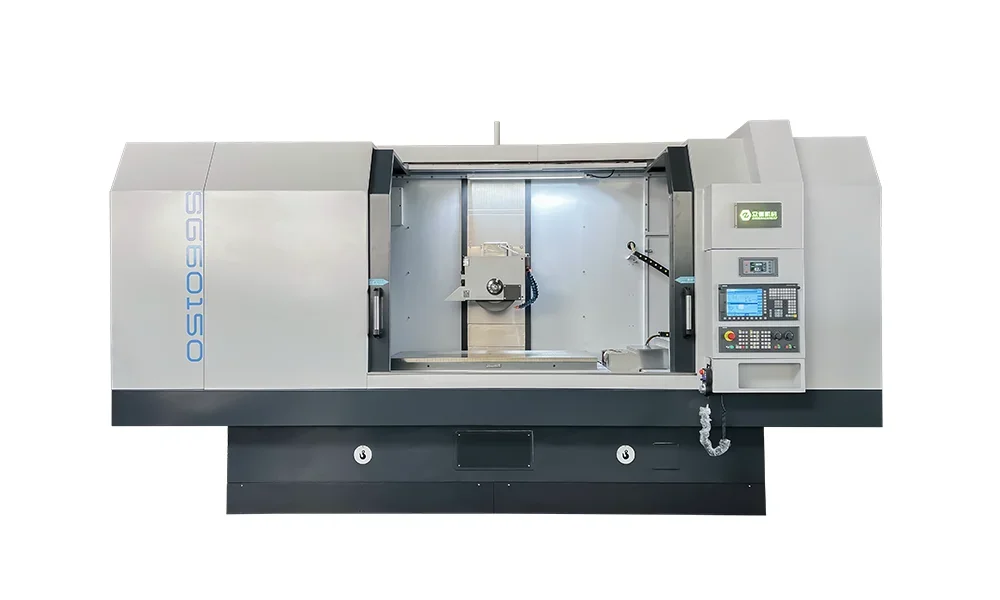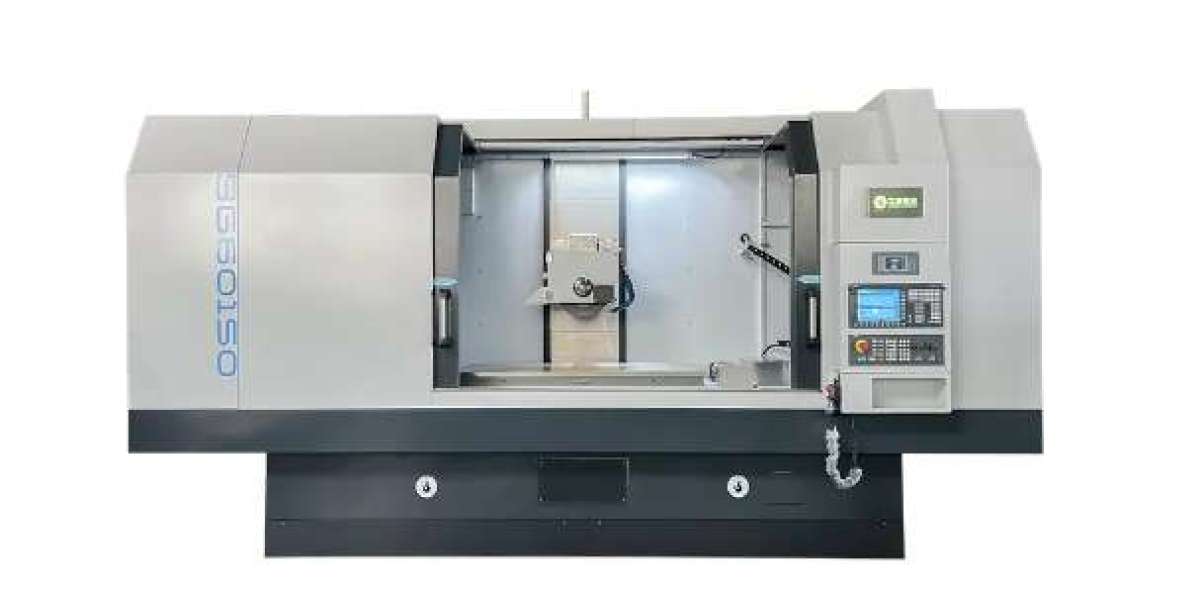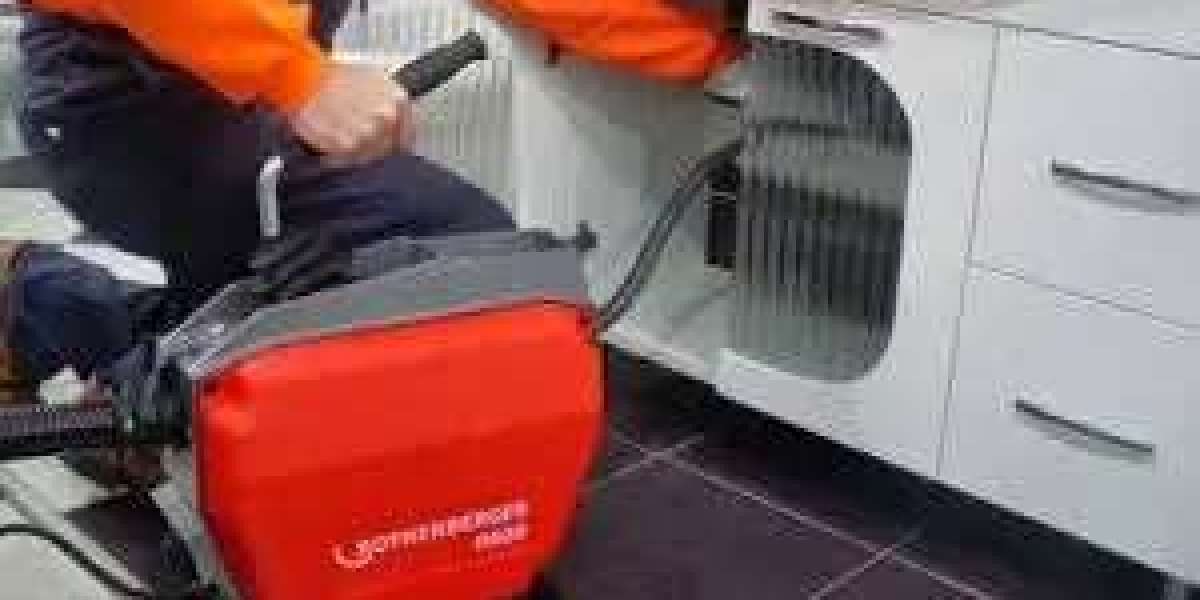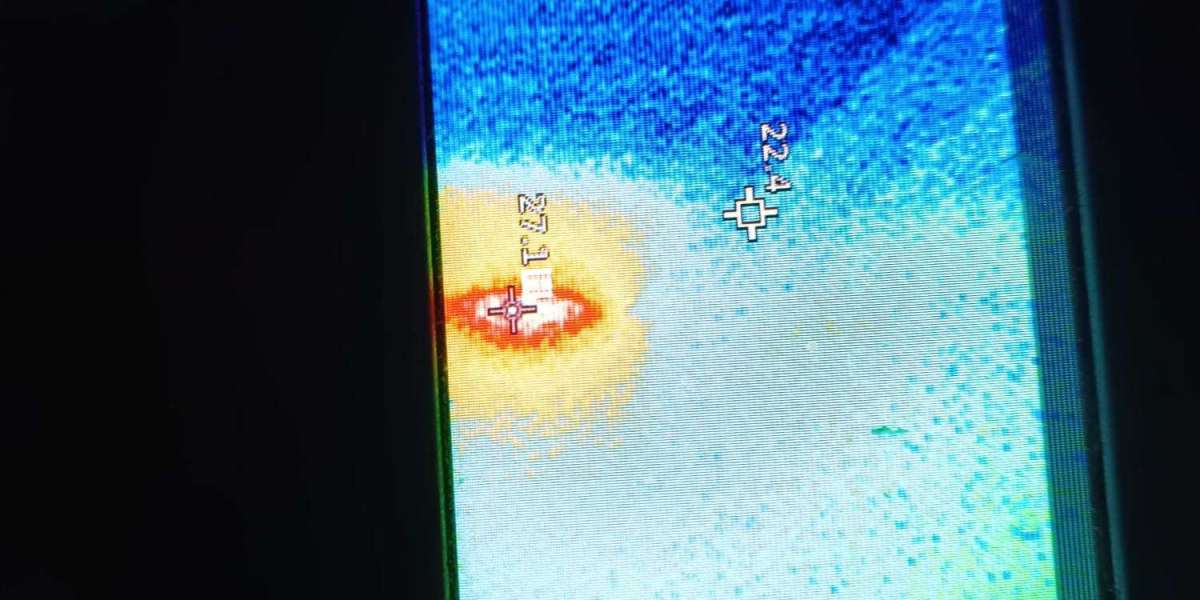In the realm of precision engineering, the 2-axis CNC (Computer Numerical Control) precision surface grinding machine stands out as a critical tool for achieving high levels of accuracy and consistency in manufacturing processes. In this blog post, Nantong Zode will share with you the working principle of 2 axis CNC precision surface grinding machine, exploring its components, operating principles, and the benefits it brings to various industries.
Components of a 2-Axis CNC Precision Surface Grinding Machine
1. Control Unit: The heart of the machine, the control unit processes the commands and coordinates the movements of the machine axes.
2. Grinding Wheel: This is the primary tool that performs the grinding operation. It is typically made of abrasive materials bonded together.
3. Work Table: The work table holds the workpiece and moves in one of the two axes (usually the X-axis).
4. Wheel Head: This component houses the grinding wheel and moves in the other axis (usually the Y-axis).
5. Coolant System: A critical part of the machine, the coolant system keeps the grinding wheel and workpiece cool during the operation, preventing overheating and ensuring a smooth finish.
6. Dust Collection System: This system captures and removes dust and debris generated during the grinding process, maintaining a clean working environment and prolonging the life of the machine.
7. Electrical and Pneumatic Systems: These systems provide the necessary power and control signals to operate the machine.

Operational Principles
1. Programming and Control
The operation of a 2-axis CNC precision surface grinding machine begins with programming. The machine is controlled by a computer that interprets the programmed instructions. These instructions define the path of the grinding wheel and the work table, ensuring precise control over the grinding process.
2. Grinding Wheel Movement
The grinding wheel is mounted on the wheel head, which moves in the Y-axis. This movement allows the wheel to follow the desired path, grinding the workpiece to the specified dimensions. The wheel head's movement is controlled by a servomotor, which responds to signals from the control unit.
3. Work Table Movement
The work table, which holds the workpiece, moves in the X-axis. This movement is crucial for achieving a uniform grinding effect across the entire surface of the workpiece. The work table's movement is also controlled by a servomotor, ensuring precise synchronization with the grinding wheel's movement.
4. Grinding Process
As the grinding wheel moves across the workpiece, the abrasive particles on the wheel's surface remove material from the workpiece. The rate of material removal is controlled by the speed of the grinding wheel and the pressure applied by the wheel head. The grinding process is continuous and can be adjusted to achieve the desired surface finish and dimensional accuracy.
5. Coolant Application
During the grinding process, a coolant is applied to the area where the grinding wheel meets the workpiece. This coolant serves several purposes:
- Cooling: It reduces the temperature of the grinding wheel and workpiece, preventing thermal damage.
- Lubrication: It reduces friction between the grinding wheel and workpiece, improving the grinding efficiency.
- Cleaning: It washes away the debris generated during the grinding process, preventing clogging of the grinding wheel.
6. Dust Collection
After the grinding process, the dust and debris generated are collected by the dust collection system. This system ensures that the working environment remains clean and that the machine's components are not affected by the accumulation of dust.
Benefits of Using a 2-Axis CNC Precision Surface Grinding Machine
1. High Precision: The machine's ability to control the grinding process with high accuracy ensures that the workpiece meets stringent dimensional and surface finish requirements.
2. Consistency: The CNC control system ensures that every workpiece is ground to the same specifications, reducing the need for manual adjustments and minimizing the risk of errors.
3. Efficiency: The automated nature of the machine allows for faster production rates and reduced downtime, leading to increased productivity.
4. Versatility: The machine can be used to grind a wide range of materials and workpieces, making it suitable for various applications.
5. Safety: The enclosed design and automated operation reduce the risk of accidents and injuries associated with manual grinding operations.
Applications
The 2-axis CNC precision surface grinding machine is used in a variety of industries, including:
1. Automotive: For grinding engine components, brake discs, and other precision parts.
2. Aerospace: For grinding components such as turbine blades, landing gear parts, and aircraft structural components.
3. Electronics: For grinding wafers and other components used in the production of electronic devices.
4. Medical Devices: For grinding components used in surgical instruments, implants, and diagnostic equipment.
Conclusion
The 2-axis CNC precision surface grinding machine is a testament to the advancements in manufacturing technology. Its ability to deliver high precision and consistency in grinding operations has made it an indispensable tool in various industries. By understanding its working principles and benefits, manufacturers can leverage this technology to enhance their production processes and achieve superior product quality.








